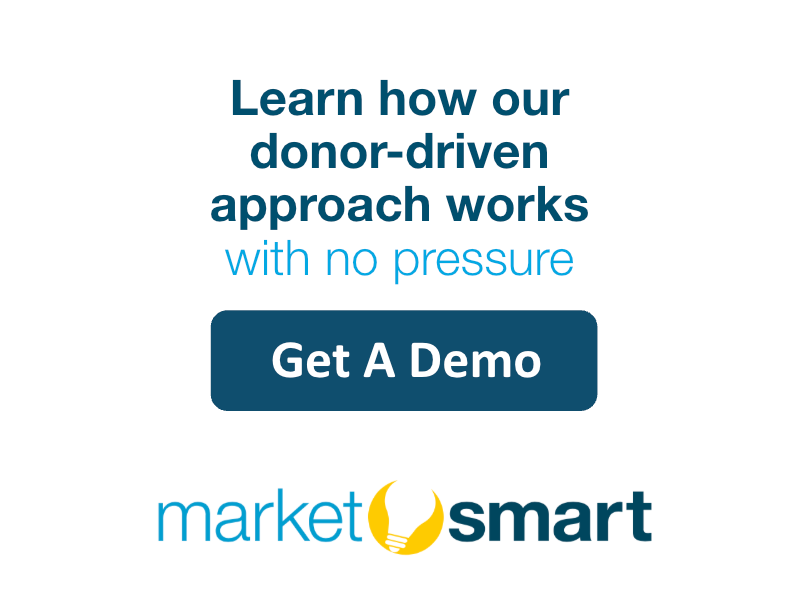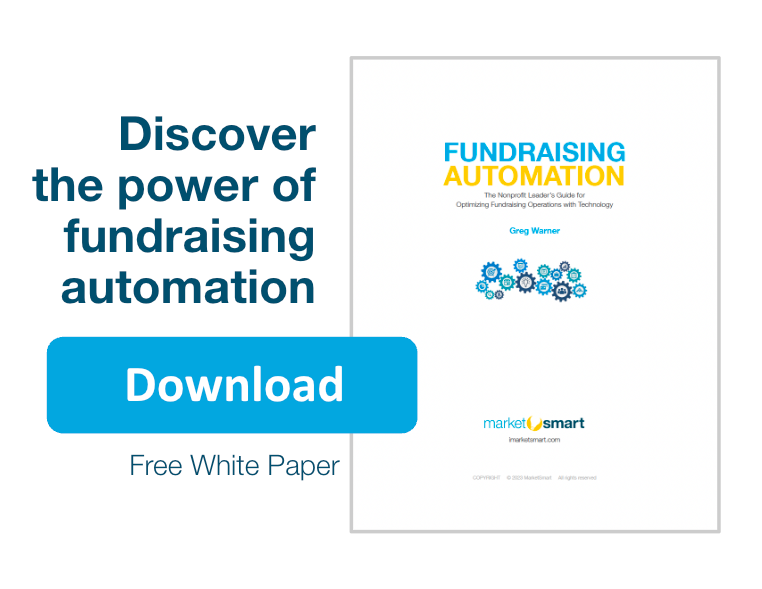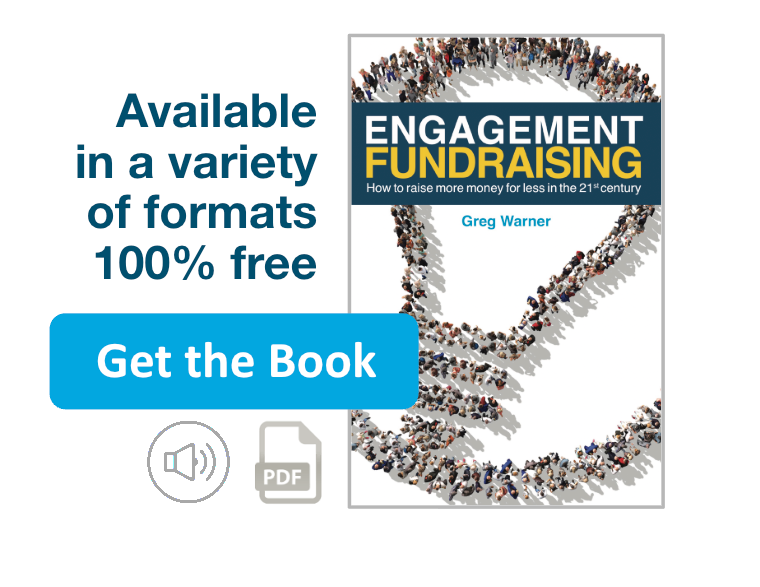What the heck am I talking about?
Major gift fundraising communications (especially legacy gift marketing) tend to focus too much on showing supporters how they can make a major or legacy gift; when they should focus, instead, on creating dialogue to understand why people care and then informing them why they should give.
Why they care communications should create a feedback loop to help your supporters understand their own life story, personal mission, and how your organization entwines with both while also helping you understand your supporters’ passions, interests, wants, needs, hopes, dreams, and desires.
Why they should give communications help your supporters understand what your organization can do for them or on their behalf, how they can make impact if they give, and what feelings they’ll get if the decide to move forward.
What happens instead.
Unfortunately, most major and legacy gift fundraising communications place a very heavy emphasis on the how area. That’s because most so-called major and legacy gift marketing companies (vendors) don’t really understand the donor consideration and decision-making process. They fail to recognize that exponentially more donors spend most of their time considering why they should give than they spend determining how they can take action (make the gift).
It makes perfect sense that these vendors focus on the how stage because most of the so-called marketing firms in the sector are led by lawyers and estate planners. So they create marketing they understand very well. And their customers – who are also lawyers or estate planners – think the how messages are terrific. But they don’t work nearly as well as communications that appeal to the majority of donor prospects in the why stages of the consideration process.
Am I making sense here?
The most successful marketing communications appeal to the target audience, not to the folks distributing the messages. After all, major and legacy gift fundraisers won’t be making any major or legacy gifts anytime soon, right? In fact, if you love your marketing, you did it wrong. It’s your supporters and donor prospects who should love your marketing. Not you!
That’s why so many donor prospects feeling misaligned when they receive your outreach. And that’s why your response rates stink. They think to themselves, “I’m not ready for this yet.” And if that’s the only type of messages you send, they start to wonder why you keep telling them how to get the gift done when they really want to enter into exploratory dialogue with you so they can learn why.
This is why you get such low engagement and response rates. And that, in fact, is why so many fundraisers have switched to MarketSmart to help their organizations reach their fundraising goals.
Think about it this way.
What if you were considering buying a new car and all the marketing you received only told you how to make the purchase? You’d think to yourself, “I’m not ready for that!”
Your legacy and major donor prospects are no different. They want to know why first. In fact, most of their time spent researching their giving options will focus on why they should care or helping them explore why they already do care.
And you should be tracking their exploration.
If you know why people care and why they said they’d consider giving, then you can craft messages that build trust, belief, and confidence by showing them why they should consider making a decision in your organization’s favor.
Showing potential donors that you listened and heard their story and sending them highly relevant messages as proof will endear them to you and your organization. It will make them feel they can trust and depend on you. Then you’ll be able to engage with them on a more personal level, especially if you leverage technology to help you do so at precisely the right time— when they want you to reach out.
Of course there is a time and place for concentrating on how.
But those communications should only be delivered once the donor prospect is nearly ready to take action. Just remember, you’ll find far fewer people in the action stage at any given time. That’s why the funnel narrows in the image below.

Isn’t it time you acquiesced to your donors’ needs?
Most organizations should employ a major and legacy gift lead generation system along with a progressive (over time) discovery process that can uncover the important nuggets of what makes the potential donor tick. Once you know why they care, then you can drip messages over time in line with their wants, needs, interests, and desires.
The system (of course I’m biased here since this is what we sell), should deliver proper messages associated with each stage of the consideration process to build confidence and involve people more deeply.
If you’d like to learn more about how this ridiculously effective technology and system work, consider signing up for a one-to-one demonstration.
Related Posts:
- Let’s Treat Donors Like Piggy Banks Not Atms
- 10 Ways to Deliver Value to Your Major Donors and Planned Giving Prospects
- The 8 Components of Engagement Fundraising
- My Simplest Explanation of How Engagement Fundraising Works




